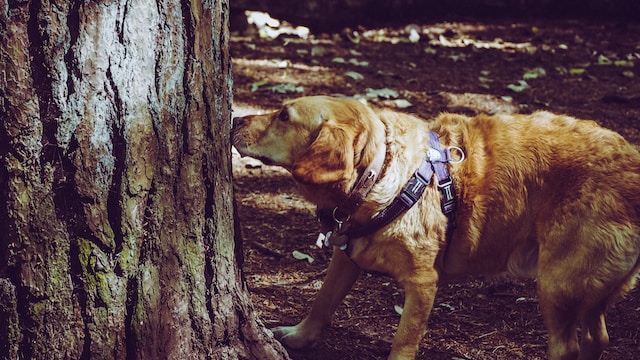Introduction:
While we humans rely on our vision as the dominant sense, the power of a dog’s nose remains unparalleled. Canines possess an extraordinary olfactory system that allows them to navigate the world through scent. In this article, we delve into the science behind the canine nose, uncovering the remarkable biological mechanisms and evolutionary adaptations that make dogs the ultimate olfactory superheroes.
Superior Sense of Smell:
To truly appreciate the canine nose, we must first understand its superiority. Dogs possess approximately 300 million scent receptors, compared to our mere 6 million. Furthermore, the area of their brain dedicated to processing smells is proportionally much larger than ours. These anatomical differences enable dogs to detect and discriminate an incredible array of odors, making their sense of smell hundreds of thousands of times more sensitive than ours.
Unraveling the Olfactory Organ:
The key to a dog’s remarkable sense of smell lies within its olfactory organ, or the “nose.” When a dog inhales, the air passes through a specialized structure called the nasal turbinates, which are thin, bony shelves covered in moist, sensitive tissue. These turbinates increase the surface area available for scent molecules to interact with the olfactory receptors, amplifying the dog’s ability to detect even the most minute odor particles.
Scent Receptors and Sensory Processing:
Dogs possess a vast repertoire of scent receptors located within their nasal cavities. These receptors are specialized proteins that bind to specific odor molecules, triggering a cascade of chemical and electrical signals that travel to the brain. The brain then processes and interprets these signals, allowing dogs to identify and discriminate between different scents with astonishing accuracy.
Breed-Specific Enhancements:
While all dogs have an exceptional sense of smell, certain breeds have been selectively bred for specific olfactory tasks, leading to further enhancements in their olfactory abilities. Bloodhounds, for example, are renowned for their tracking skills due to their long, droopy ears and deeply wrinkled skin. These features help capture scent particles and direct them towards the dog’s nose, maximizing their scent-detection capabilities.
Training and Utilizing the Canine Nose:
Humans have harnessed the power of the canine nose through various training programs. Working dogs, such as search and rescue canines, detection dogs, and even medical alert dogs, undergo rigorous training to hone their olfactory skills. Through positive reinforcement and conditioning, these dogs learn to identify and communicate specific scents, assisting humans in tasks ranging from finding missing persons to detecting illicit substances or medical conditions.
Inspiring Technological Advancements:
The incredible abilities of the canine nose have inspired scientists and engineers to develop innovative technologies that mimic or enhance dogs’ olfactory capabilities. Electronic “noses” equipped with arrays of sensors have been created to detect and identify specific odors in various applications, such as food safety, environmental monitoring, and even disease detection. These advancements not only complement the work of dogs but also offer alternative solutions in situations where deploying canines may be impractical.
Conclusion:
The canine nose stands as a testament to the wonders of evolution and the incredible diversity of sensory abilities found in the animal kingdom. From their impressive number of scent receptors to the intricate processes within their olfactory organ, dogs possess a superpower that allows them to navigate and understand the world in ways we can only imagine. By unraveling the science behind the canine nose, we gain a deeper appreciation for our furry companions and the remarkable biological adaptations that make them the unrivaled champions of the olfactory realm.




